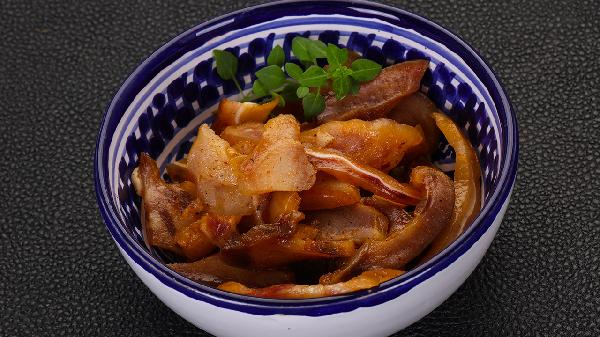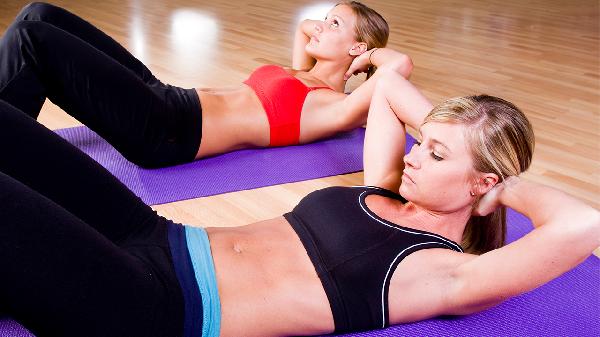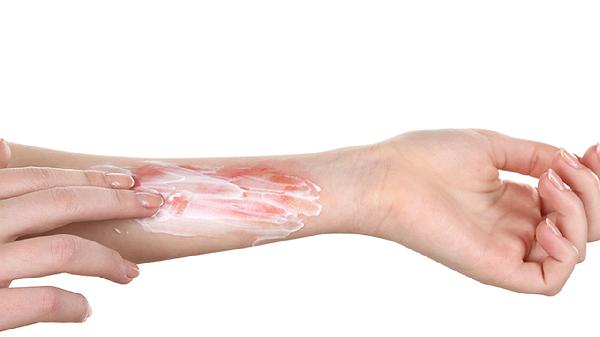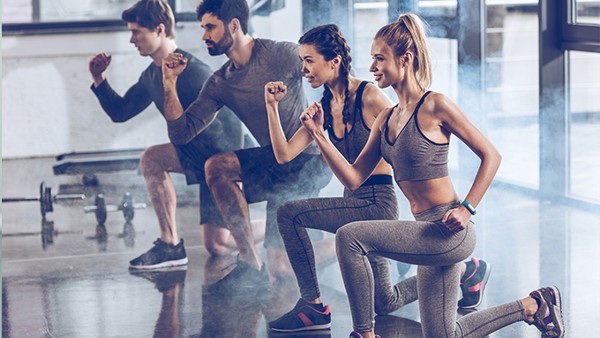If you've ever struggled with grip strength holding you back from lifting heavier, straps might just be your new best friend. These simple yet powerful tools can help you maintain a secure hold on the bar, allowing you to focus on moving serious weight without your fingers giving out first. Whether you're deadlifting, rowing, or pulling, straps can be the difference between hitting a PR and watching your gains slip through your fingers—literally.
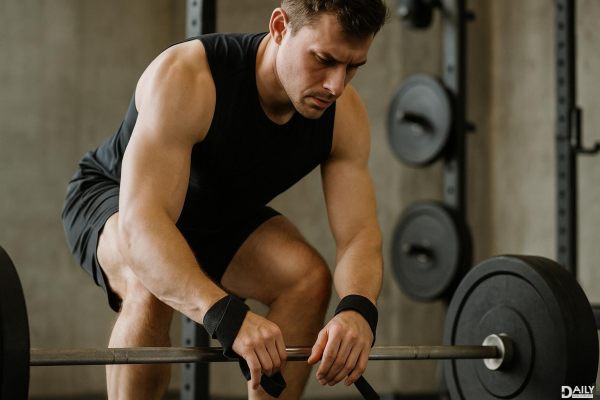
Ever notice how your back or legs still have plenty left in the tank, but your hands just can't hang on? That's because grip strength often lags behind larger muscle groups. Your forearms fatigue faster than your glutes or lats, cutting your sets short before you've fully taxed the target muscles. Straps take the pressure off your grip, letting you push your bigger muscles to their true limits. Think of them as a cheat code for unlocking hidden strength—without actually cheating.
Not all straps are created equal. Cotton lifting straps offer a balance of comfort and durability, while nylon versions provide extra grip for heavy pulls. Olympic lifters often prefer quick-release designs for snatches and cleans, where sudden movements require instant adaptability. For max-effort deadlifts, longer straps with a secure loop system give you the confidence to grind out reps without worrying about the bar rolling out of your hands. Pro tip: Avoid going too thick—you want enough dexterity left to adjust your grip mid-set.
There's a science to strapping in properly. Start by threading the strap through the loop, leaving enough tail to wrap around the bar 2-3 times. The wrap should sit between your fingers and palm, not directly over wrist bones where it could restrict circulation. Keep tension even—too loose and the bar will shift, too tight and you'll lose blood flow. Practice with light weights first to find your Goldilocks zone: just right for security without compromising wrist mobility during pulls.
Straps aren't an all-the-time solution. Reserve them for your heaviest working sets or high-rep back days where grip endurance would otherwise limit your volume. Always warm up without straps to maintain natural grip strength development. And never use them for exercises where quick release matters—like cleans or snatches—unless you're specifically using Olympic-style quick straps. Your forearms still need love, so mix in dedicated grip training like farmer's carries and plate pinches on accessory days.
Beginners often wrap straps too far up the wrist, creating a false sense of security while actually reducing control. Others make the error of using straps as a crutch for poor technique—if your grip fails during a deadlift because your hips rise first, fix your form before reaching for straps. Perhaps the biggest sin? Using them on exercises where grip strength is the primary target like pull-ups or kettlebell swings. Remember: straps enhance training, they don't replace fundamental strength development.
Once you've mastered basic strap use, try these pro moves: For heavy rack pulls, use a figure-eight wrap that distributes pressure across both wrists evenly. During high-volume Romanian deadlifts, experiment with a single-strap technique on your weaker side to balance asymmetries. Some advanced lifters combine chalk with straps on humid days when sweaty palms threaten even the most secure wraps. And for those brutal drop sets? Keep one pair pre-wrapped on the bar ends for lightning-fast transitions between weight changes.
Straps won't magically add 100 pounds to your lift, but they will remove the weakest link in your kinetic chain. Used strategically, they allow you to train harder, recover faster between sets, and ultimately build more muscle where it counts. Just remember—they're a tool, not a trophy. The real gains come from what you do with that extra pulling power once your hands stop being the limiting factor.




